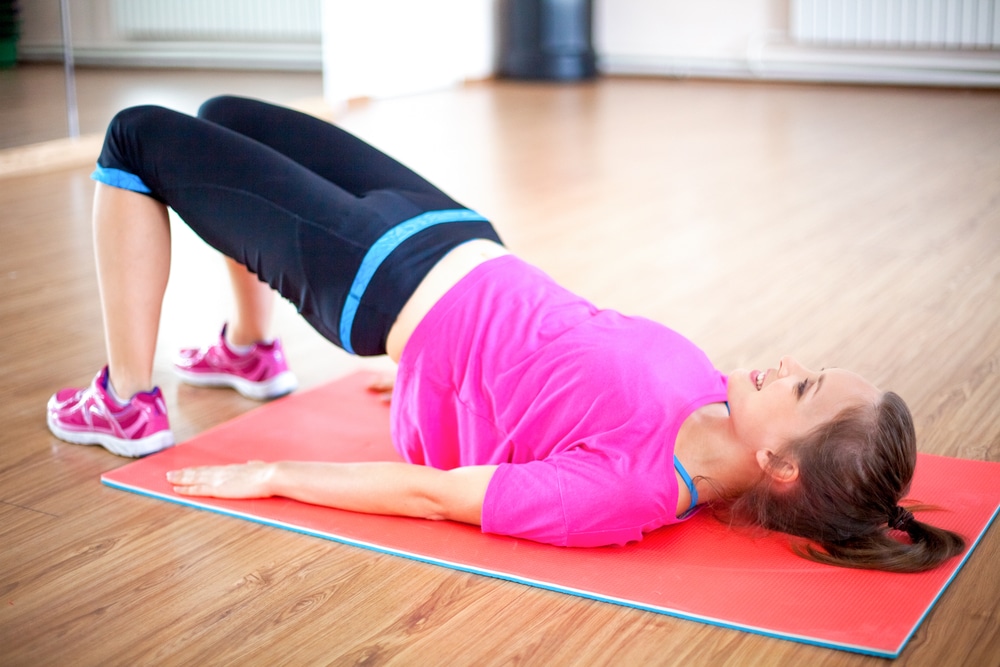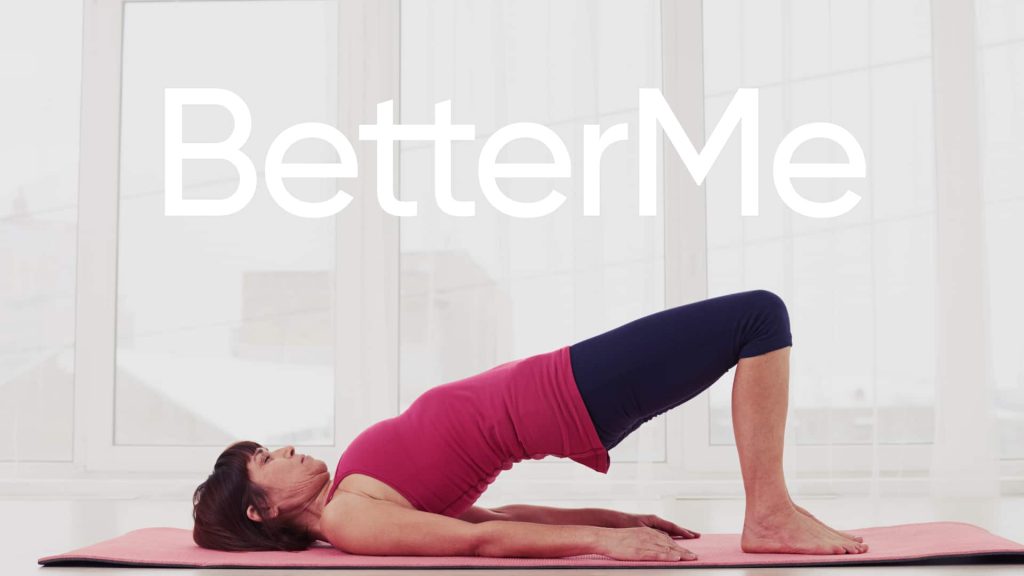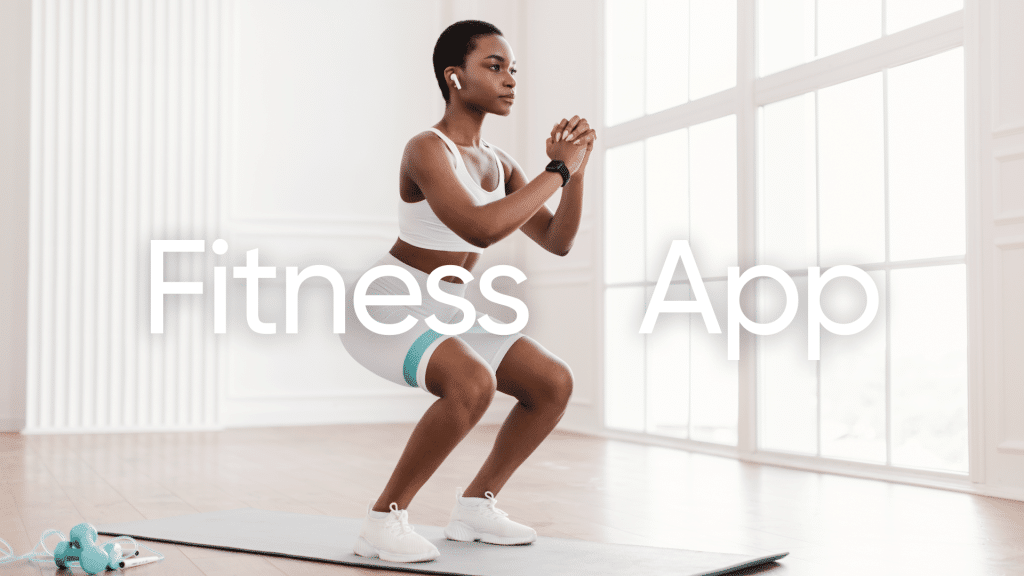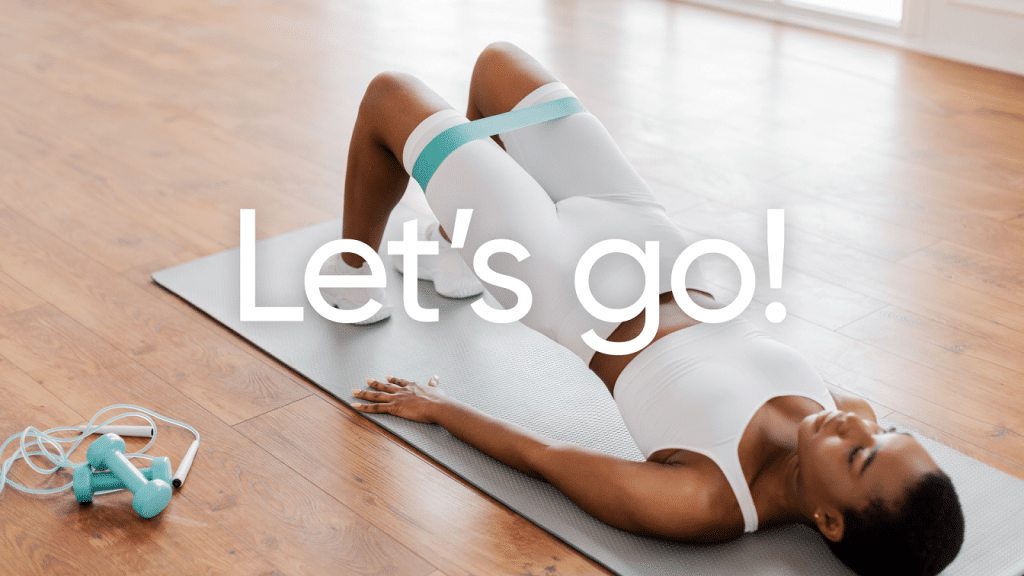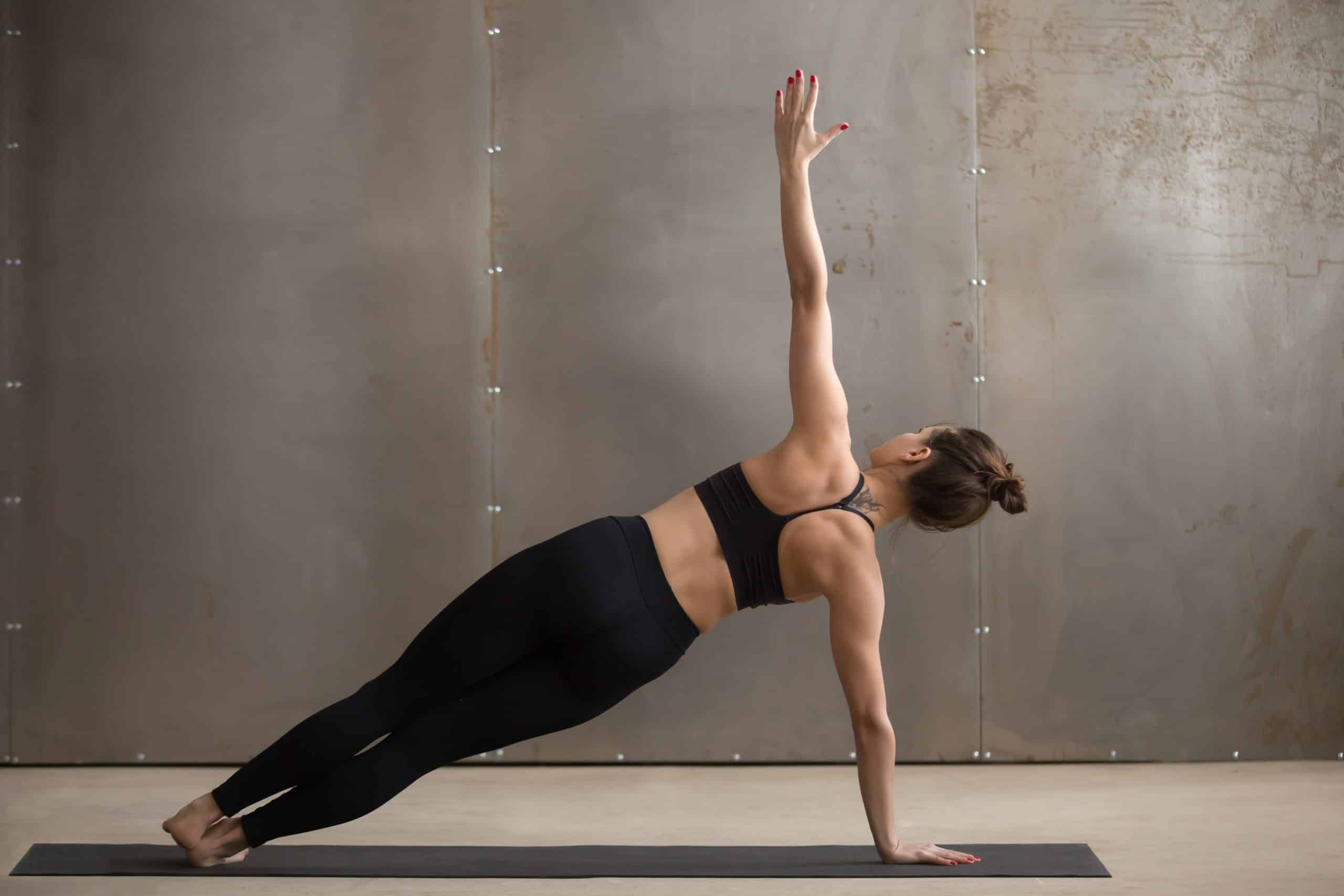If you’re reading this, chances are you’ve heard of pelvic floor muscles before. The importance of these muscles on not only your reproductive but overall health too can not be overstated. Sure, as a general rule, everyone should consistently work on their pelvic floor muscles. However, the stakes are higher for expectant women.
There are several health benefits of having strong pelvic muscles by pregnant women. And next we take a look at some of the role of these muscles during pregnancy and how to strengthen them.
What Are Pelvic Floor Exercises
Simply put, these are workouts that strengthen muscles around your bottom, bladder, penis or vagina- your pelvic floor muscles. These muscles are responsible for supporting your bowel, bladder and uterus. The muscles achieve this through a series of contraction and relaxation movements that elicits different responses from the muscles.
The main components of these muscles include (2):
- Transverse perineal muscles. This is the muscle that stretches laterally across your vagina.
- Levator ani. These are the most dominant muscles of your pelvic floor. It usually functions along with your tandem to enable proper defecation. They are also particularly important during delivery seeing as they assist in “pushing.”
- Ischiocavernosus muscles. These muscles help in flexing your anus muscles and also in keeping the vagina tense.
- Bulbocavernosus muscles. These are muscles that circle the vagina, specifically your vestibular tube. They are connected to your external anal sphincter muscles, which in turn connects with your tailbone. The muscles help in erecting your clitoris then contracts during orgasm.
When these muscles are weak, health and reproductive issues may arise. These include: Incontinence, painful sex and uncontrollable passing of wind. Pregnancy and childbirth are bound to naturally weaken your pelvic floor muscles. That’s why it’s particularly important for expectant women to constantly work on strengthening these muscles.
That being said, what are some of some of the exercises you can safely perform when pregnant? Let’s find out.
Read More: How To Relax Pelvic Floor Muscles: 5 Ways To Beat Incontinence And Improve Muscle Strength
Pelvic Floor Exercises For Pregnancy
The importance of working out during pregnancy should never be downplayed. Exercising will help you adapt to physical changes like weight gain and changing shape during this period. Also, you’ll be able to handle labor better and get back in shape faster after child birth.
The logic is simple. Keep up your usual daily physical activities or exercise. It could be yoga, dancing, walking or jogging, if you’re comfortable with it, do it. Working out is not dangerous for your baby.
In fact there’s some evidence suggesting active women are far less likely to experience complications in pregnancy and labor. However, always follow your doctor’s instructions where such has been issued.
Before getting into details of the pelvic floor muscles exercises for pregnancy, here are some things you should watch out for:
- Do not overexert yourself. As your pregnancy progresses, you may be required to take things down a notch. Consult your maternity team and follow what they advise you to do.
- If you can’t hold a conversation while exercising, you’re overworking. You should be able to hold a conversation when exercising without running out of breath. If you can’t, chances are you’re straining yourself.
- Ease yourself into the workouts if you were not as active before. It’s never a good idea to subject your body to sudden strenuous activities. Inform your instructor about your pregnancy, then they’ll come up with an exercise regimen that suits you best.
Other tips for exercising during pregnancy include:
- Warm up before starting and cool down after working out.
- Avoid exercising in hot weather.
- Always stay hydrated.
Exercises For Pelvic Floor In Pregnancy
Have you been wondering how to strengthen pelvic floor muscles during pregnancy? Well, here are some of the best workouts you can use to achieve this.
Belly Breathing
This exercise will work on your abs and pelvic floor muscles. In turn, you’ll have an easier delivery and reduced risks of incontinence later (1).
Here’s how you do it:
- Get into your starting position by sitting with your legs crossed. Your back should also be supported and your hands placed on your belly.
- Keep your back and shoulders still, then slowly inhale through your nose while you expand your belly.
- Now exhale using your mouth and draw in your abdominals. This should bring your navel toward your spine.
If you wish to cinch your waist, tone up your bat wings, blast away the muffin top – our fitness app was created to cater to all your needs! BetterMe won’t give excess weight a chance!
Elevators
This exercise will help strengthen your abs and transverse muscles. Here’s how you do it:
- Get into your starting position by sitting with your lower back supported. One hand should be placed on your upper belly while the other near your navel.
- Now imagine your transverse is a horizontal elevator that has about 6 floors.
- Next, inhale then exhale then draw your abs toward the “fifth” floor.
- Hold this position while counting out loud to 30.
- Perform about 5 squeezes from the fifth to the sixth floor.
Squat Combo
This exercise will help you strengthen your legs, pelvic floor and abs. Here’s how you do it:
- Hold a fixed object like a study chair and stand with your feet wider than hip-width apart.
- Now lower your body into a deep squat while maintaining your weight on your heels. You can try placing towels under your heels if they don’t touch the floor.
- Next, draw in your abs as you exhale. This completes one rep.
- Perform about 5 reps.
Slow Squeeze Pelvic Floor Exercises
This exercise helps in supporting the organs in your pelvis together with your growing baby. It may not always be possible to hold this squeeze for so long at the first try. Rather, you should consistently build up the time and ensure you always release it slowly.
Here’s how you do it:
- Start by slowly tightening your pelvic floor then lift them inwards and upwards.
- Keep lifting up through your pelvis and into your tummy.
- Now try to maintain this position for about 4 seconds and release slowly.
- If you’re having difficulties in holding this position, try reducing this time to under 4 seconds.
Steadily increase the length of the hold. You should ensure that at the end of the exercise you still have some squeeze left to release slowly.
Belly Dancing On All Fours
This exercise will help you strengthen your back, abdominals and upper body muscles. Here’s how you do it:
- Start by getting down on your hands and knees. Your wrists should be under your shoulders and knees hip-width apart.
- Now with your back flat, draw your abdominals up and in. This should bring your spine. Hold this position while maintaining a normal, steady breath.
- Now tilt your pelvis under and bring your pubic bone toward your navel.
- Hold this position and count to 5. This completes your first rep.
- After completing the final rep, stand by stepping one foot forward and pushing your thigh off with both hands.
Read More: Pelvic Floor Dysfunction Exercise: 5 Ways To Improve Your Muscle Strength
Kegels
Have you been wondering “can you do kegel exercises while pregnant?” Well, yes you can. For most women, it’s a safe and effective way of keeping their pelvic floor muscles strong during pregnancy.
Kegels are also some of the best exercises for pelvic floor pain pregnancy. Additionally, they are also effective pelvic floor exercises for post pregnancy recovery.
Here’s how to do kegel exercises:
- Start by identifying your pelvic floor muscles. This is usually done by trying to stop your urine flow midstream.
- Now contract and tighten these muscles for about 3 seconds.
- Rest for 3 seconds. This completes one rep.
- Perform 2 sets of 10-15 reps daily. For better results, alternate with quick contractions on some days.
There are some exercises, however, that you should avoid during pregnancy.
What Exercises To Avoid During Pregnancy
First off, don’t lie on your back for long periods. This is especially true if your pregnancy is over 16 weeks along. That’s because the weight from your bump can press on your main blood vessels. This brings back blood to your heart, resulting in faintness.
Stay away from contact sports like boxing. We don’t want you risking getting hit, now do we?
Avoid exercising at heights above 2500m above sea level. Doing this puts you and your baby at risk of altitude sickness.
Avoid doing situps. Intense core exercises like situps will only do more harm than good to your pelvic muscles. So, in the case of pelvic floor exercises and situps for pregnancy, always go for the former.
BetterMe is your fast-track ticket to a long-lasting weight loss! Tailor your fitness journey and maximize your results with just a couple of swipes!
Benefits Of Pelvic Floor Muscle Exercises For Pregnancy
Stress Incontinence
This is very common during and after pregnancy with about a third of women experiencing it. Stress incontinence refers to the leaking of urine when you cough, sneeze or attempt a jog. This is usually as a result of the extra pressure on the muscles that support the bladder. Pelvic floor exercises help strengthen these muscles and prevent leakage of urine.
Helps During Childbirth
Pelvic muscle exercises strengthen the pelvic floor. Pelvic and abdominal muscles are involved during delivery. During pushing you draw in the transverse abdominis and relax the pelvic floor muscles to push out the baby.
Reduced Risk Of Fecal Incontinence
Some women also experience fecal incontinence especially among those who have major episiotomies or third degrees tears. Doing pelvic exercises such as kegels helps prevent this.
The Bottom Line
Pregnancy is no doubt one of the most emotional and life-changing periods in a woman’s life. This can be a challenging period but several things such as proper diet and exercise can help. One important type of workout are pelvic floor exercises that help strengthen your muscles.
By working your pelvic muscles, you are also able to gain more control over them making childbirth smoother. Be sure to remain cautious by not overexerting yourself. Keep in mind that you are delicate during pregnancy.
DISCLAIMER:
This article is intended for general informational purposes only and does not address individual circumstances. It is not a substitute for professional advice or help and should not be relied on to make decisions of any kind. Any action you take upon the information presented in this article is strictly at your own risk and responsibility!
